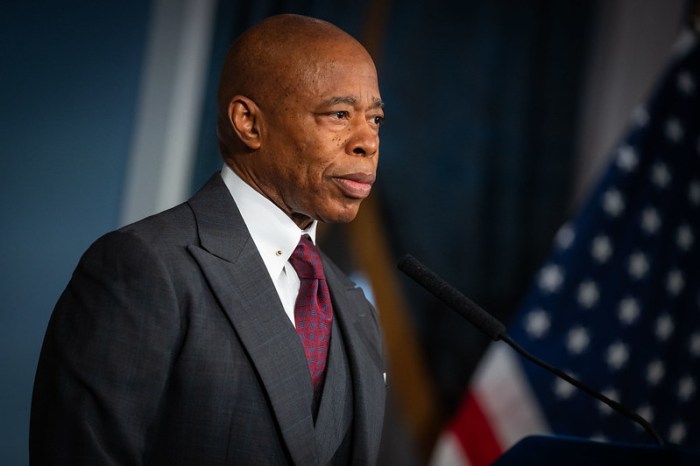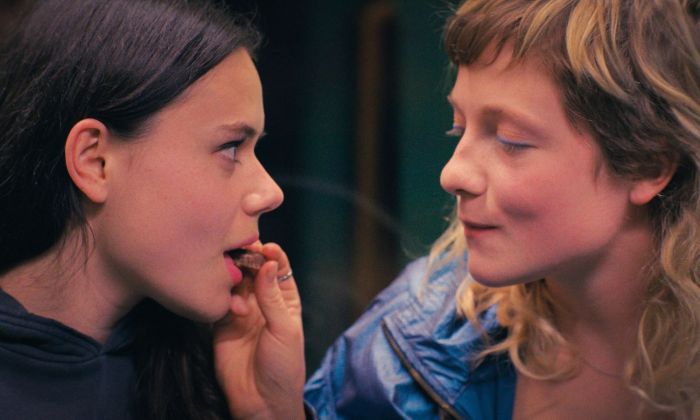Great singers are born, not created, and Aretha Franklin’s rich, soaring and soulful voice was a force of nature that eclipsed all others.
But great singers need great songs to capture our hearts, and after struggling to find her own sound with a series of jazz records with Columbia Records in the early 1960s, she found it later that decade at Atlantic Records and producer Jerry Wexler. That sound catapulted a musical career that spanned more than half a century — becoming one of our best-selling artists and inspiring generations of female performers.
Underpinning some of her biggest hits was Franklin’s phenomenal gospel-inflected piano playing. Often overlooked is that Franklin — who died Thursday of advance pancreatic cancer — also was a self-taught pianist phenomenon.
“The fervor in Aretha’s voice demanded respect,” Wexler wrote in his autobiography, “Rhythm and the Blues: A Life inn American Music.” Alluding to her life, he wrote, “If she didn’t live it, she couldn’t give it . . . but Aretha would never play the part of a scorned woman.”
Motherhood at age 12, tempestuous marriages, family fights and struggles with illness depicted in David Ritz’s controversial biography, “Respect: The Life of Aretha Franklin,” may well be the back story to Franklin’s career. But undoubtedly her enormous voice and her songs — including 75 million records sold worldwide, 18 Grammy Awards out of 44 nominations and her distinction as the first woman inducted to the Rock & Roll Hall of Fame — will always define her musical legacy.
Although she is best known for her hits at Atlantic Records, Franklin’s collaborations with great songwriters and producers are key components of her legendary career — and longevity. In 1976, she teamed with Curtis Mayfield to record the soundtrack album “Sparkle,” not a particularly high seller but a favorite in soul music circles. The female group En Vogue had a hit with its rendition of the “Sparkle” song “Something He Can Feel” in 1992.
After a few years of mild commercial successes, Franklin’ career rose again in 1982 when she collaborated with Luther Vandross for the “Jump to It” album on BMG Arista Records. The title track was a hit. In 1984, she and Vandross recorded the “Get It Right” album, which is a personal favorite, but also not a strong seller.
Her collaboration with writer-producer Narada Michael Walden in 1985 for the album “Who’s Zoomin’ Who,” curated by Arista Records’ Clive Davis, gave Franklin another Top 10 hit. But the pop crossover album was fairly lightweight stuff for many R&B fans yearning for something deeper. That came from an unlikely source.
Producers Robert Clivilles and David Cole, aka C&C Music Factory, were well known on the club scene for their house/dance songs and remixes. In gospel-trained pianist Cole, Franklin found a musical kindred spirit. The single “A Deeper Love” in 1991 became a club anthem that fused the pulpit and the dance floor. In a funny story from that session, the C&C team asked Franklin to record multiple ad-libs for their many remixes. Exasperated with the extra singing she felt she was being asked to do, Franklin said she was going to the restroom — and promptly left the studio.
In another notable collaboration, Franklin worked with Lauryn Hill in 1998 on the single “A Rose is Still a Rose,” an R&B hit. The single and album of the same name marked the perfect fusion of the old and new: hip-hop beats and warm melodies, with Franklin’s voice floating effortlessly over the top.
Her amazing diversity reappeared that year at the Grammy Awards when she delivered a stunning version of “Nessun Dorma,” stepping in on short notice for an ailing Luciano Pavarotti, as if she’d been singing opera her whole life.
Alas, there will be no one to step in for Aretha Franklin.
Jeff Vasishta, a writer and music journalist, lives in Crown Heights.



































